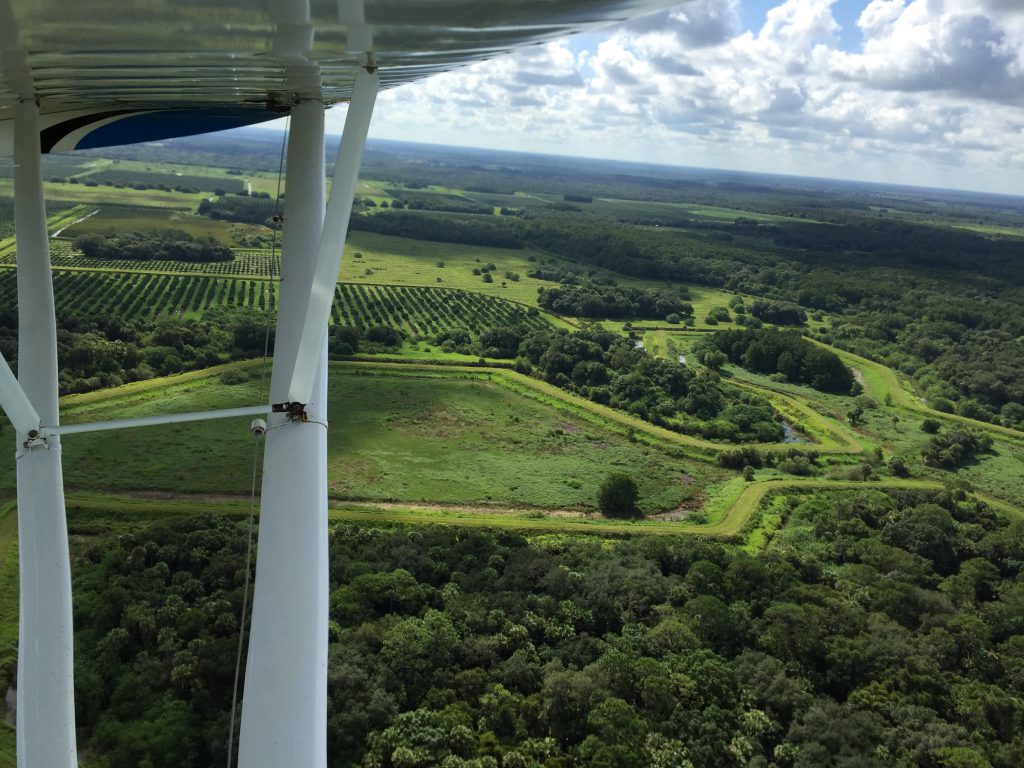
Fertilizer Flatline?
After spiking through the 20th century, fertilizer use by Florida farmers appears to be leveling off. But will it be enough?
By Abigail Hasebroock
Brantley Schirard Jr.’s land reminds him of old Florida.
A lifelong citrus and cattle farmer, Schirard enters a world of oak trees and alligators in a large swamp at his family’s 350 acres in Okeechobee County.
“The beach is the only thing that is missing,” he said.
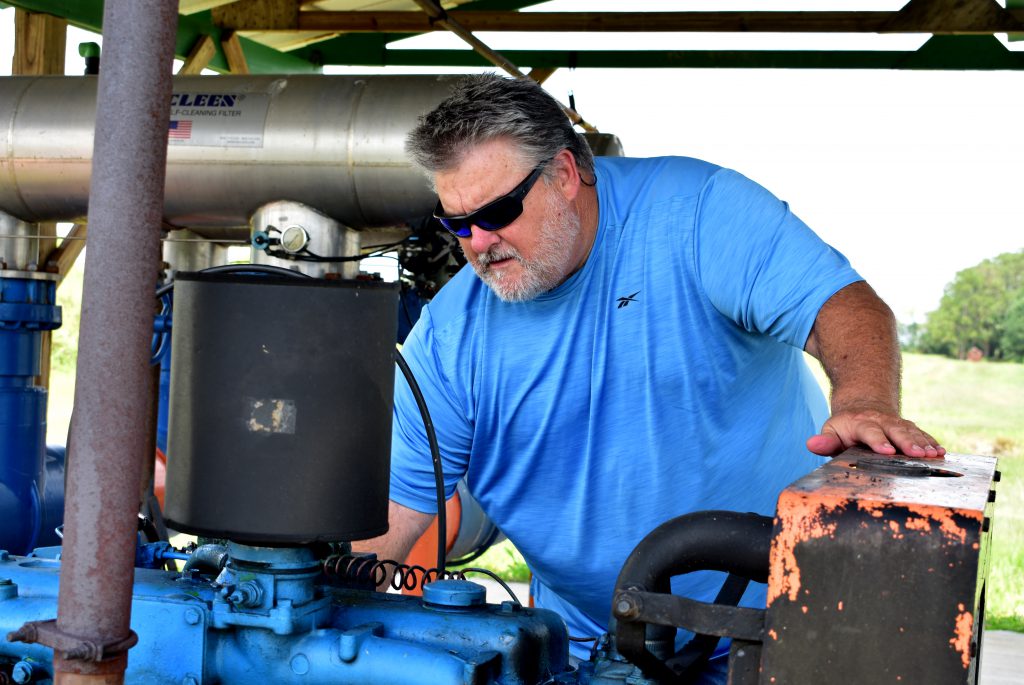
Schirard’s father, Brantley Schirard Sr., was also born into the Florida citrus industry. He brought the operations from central Florida’s Sanford to Fort Pierce, which lies to the east of Okeechobee County. Schirard Sr. raised his family there and created Schirard Citrus Inc. in 1989.
But like most other citrus farmers in the state, the Schirards are suffering.
Citrus greening, a disease spread by an invasive bug called a psyllid, has ravaged trees across the state. The scourge is driving significant sales of citrus groves in Florida, many to residential and commercial real estate development, a trend among all agricultural crops as the state grows by more than 1,000 new people a day, according to the annual Lay of the Land market report.
The Schirards have sold at least 100 acres and converted at least 500 in the last six years, a decision Schirard Jr. said was expedited by greening. Disease, development and land being converted into solar farms and nature preserves are driving parts of another, lesser-known trend: As they farm on fewer acres and find better ways to manage the land that’s left, the Schirards may be using less fertilizer.
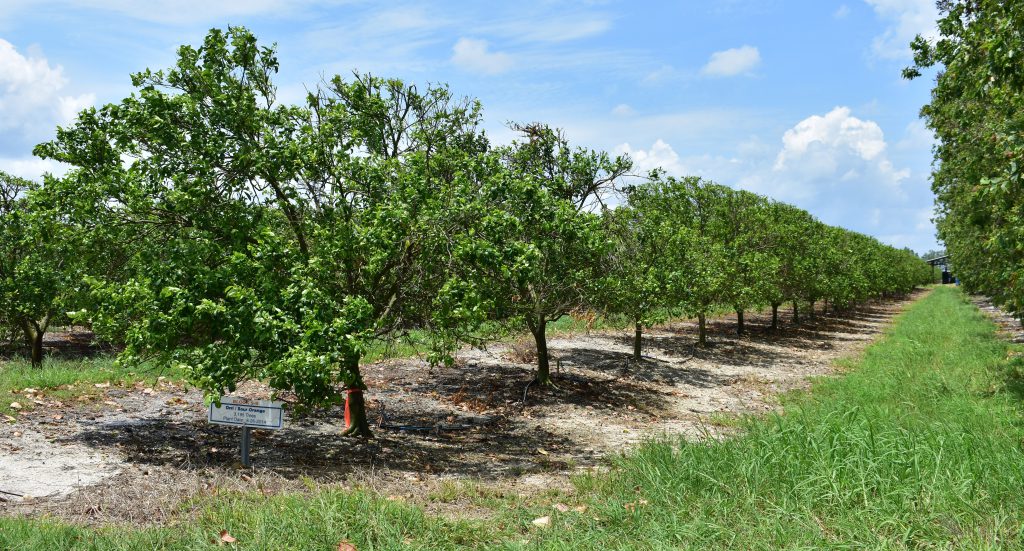
Statewide, fertilizer use appears to be leveling off after soaring since the introduction of chemical fertilizers in the early 1900s. The reasons are complex and include higher prices, growing environmental awareness, greater efficiency, new technologies and stricter regulations. About 130 local governments in Florida have enacted seasonal urban fertilizer bans, though the Legislature this spring passed an 11th-hour measure to halt such bans while agricultural researchers study them. Environmental organizations have urged Gov. Ron DeSantis to veto it.
But another reason fertilizer is flatlining is that Florida is rapidly losing farmland. The question is the same one facing the nation: Can the state wean itself off using too much fertilizer – which harms the environment by releasing greenhouse gasses and polluting water – while fighting against losing the farms that help define Florida?
Fertilizer past, present and future
Schirard started helping his father on their farm when he was around 13. He and his siblings were taught environmental stewardship from the beginning, he said.
“The land is what makes this possible,” he said. “So we better take care of it.”
Citrus, like any crop, needs nitrogen, phosphorus and potassium — the primary ingredients in fertilizer — to survive.
Mary Hartney, president of the Florida Fertilizer and Agrichemical Association, compared the need for fertilizer to the needs of the human body.
In the same way doctors may recommend a daily intake of 2,000 calories for women and 2,500 for men, each crop must be fed a certain nutrient threshold.
Before prices hit all-time highs, some farmers in Schirard Sr.’s time may have applied more than crops needed to maximize outputs.
“Fertilizer was always seen as cheap insurance,” said Kelly Morgan, a soil fertility and water management professor at the University of Florida.“The growers were hoping that, you put out more fertilizer, you get more yield.”
Morgan said scientists have been trying to convince farmers they no longer need to apply as much fertilizer. Overuse sends an abundance of nutrients into Florida’s waterways, harming ecosystems and fueling crises such as toxic algae outbreaks.
“Growers, in general, do not want to pollute the ground,” he said.
Protecting the land has always been important to the Schirards even if it comes at the expense of profit.
“There have been a lot of things that we have done that have been less than perfect for the business side,” he said.
One switch Schirard said they made was using more liquid fertilizer, which can be applied more precisely than dry fertilizer.
His father had objections to it, Schirard said, because he didn’t use it in his day.
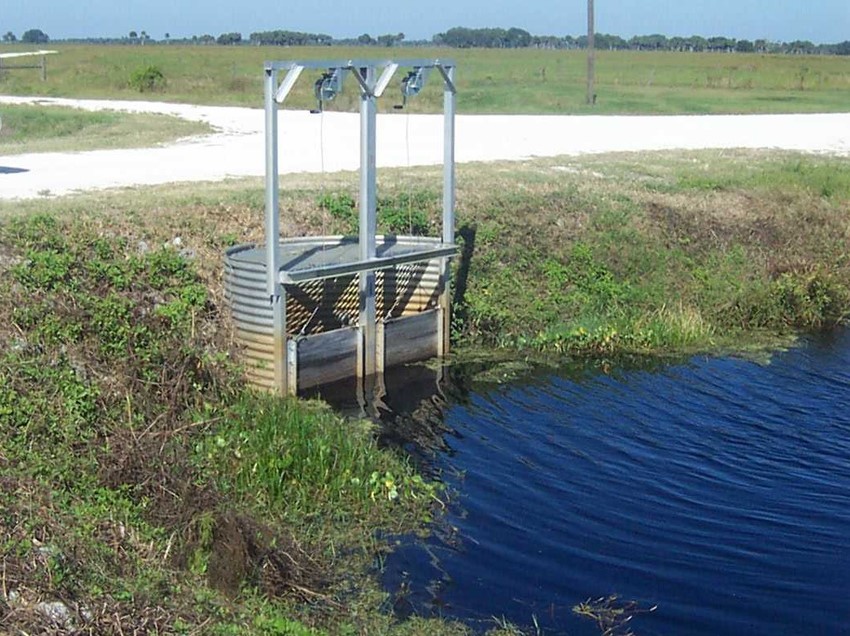
“People aren’t out there just dumping tons of fertilizer because it’s what we used to do,” Schirard Jr. said. “Everybody’s trying to get by with as little as they can.”
But decades of fertilizer application beyond recommended rates in both agriculture and urban sectors has built up what are known as “legacy” nutrients that now contribute to a worsening nutrient pollution crisis in Florida.
Lake Okeechobee, the largest lake in Florida and a stone’s throw from the Schirard farm, has undergone restoration efforts for 50 years after being choked with a century’s worth of fertilizer and other nutrient runoff. The phosphorus load to the lake has been more than about 500 tons annually for the past three decades, according to researchers at Florida Gulf Coast University.
The environmental effects of excess fertilizer have ravaged not only Florida but the nation and the world. A massive dead zone in the Gulf of Mexico is linked to agricultural runoff from midwestern farms down the Mississippi River. Fertilizer-fueled algae depletes oxygen levels and then kills or forces out aquatic life.
Excess nutrients contribute to toxic algal bloom outbreaks. This is especially a problem in Florida, seen in both freshwater algae scourges and red tides at the coast.
Regulation and “best practices”
When Congress passed the Clean Water Act regulating water pollution in 1972, lawmakers exempted agricultural runoff.
Kelly Morgan said Florida began establishing so-called “best management practices” to regulate fertilizer use in the late 1980s after finding levels of nutrients higher than the Clean Water Act permitted in agricultural areas south of Lake Okeechobee. The practices expanded since and were voluntary until about three years ago when Gov. Ron DeSantis signed into law SB 712, the “Clean Waterways Act,” in 2020.
“Prior to [the bill], the state took the growers pretty much at their word,” Morgan said. “The response may be questionable whether they were really adhering to it or not.”
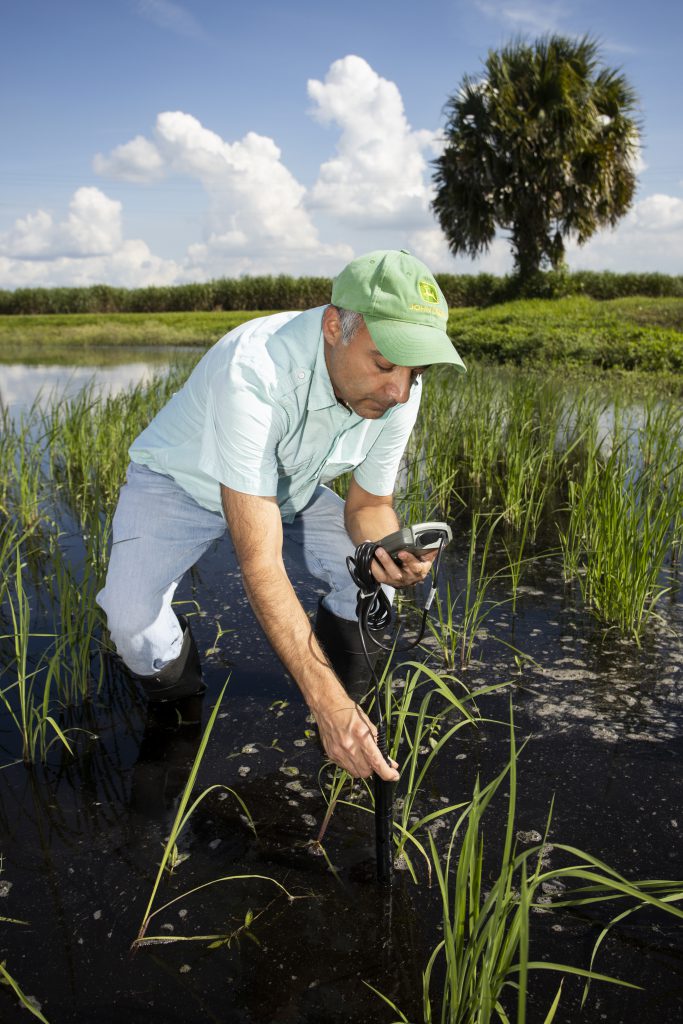
Now, the Florida Department of Agriculture and Consumer Services (FDACS) conducts inspections once every two years and requires recordkeeping from farmers.
If regulators find that farmers are not following rules, they face penalties, like fines, from the Florida Department of Environmental Protection, said Angela Chelette, the chief of policy planning and coordination at FDACS.
“When it really gets down to the rubber meeting the road and DEP says ‘listen, if you don’t do this, we are going to take enforcement against you,’ and they [farmers] come back and say ‘OK we’ll fix it, we’ll do what we need to do,’” Chelette said.
Agriculture is not the only managed sector, either – permit limits on wastewater facilities, urban best management practices and conservation programs also exist in areas with affected waterways.
“It varies by basin because some basins are a lot more populated than others,” she said. “So in some places, the estimate is that there’s more ag fertilization and that’s having more of an impact, and in others it’s more uh urban centric.”
The state’s water management districts also work with farmers to reduce excess nutrients in the environment through a variety of programs and cost-sharing that funds innovations. Sensing technologies help farmers use only the most precise amounts of fertilizer. Telemetry allows growers to turn their irrigation on and off remotely with their cell phones in the event of rain.
Large stormwater treatment areas are constructed wetlands that pull and store excess nutrients. Major water storage areas hold excess nutrients to keep them out of natural waterways and ecosystems.
But is it enough?
“Too little, but not too late”
The state of Florida, the federal government and nongovernmental organizations are also putting extra funding into fertilizer research.
Morgan said scientific recommendations for how much fertilizer to apply on specific crops have changed only slightly in the last couple of decades because research funding for fertilizer research was minimal.
“In the last two years, we’ve gotten money directly from the legislature to do just that, to coordinate research,” Morgan said. “And that’s one key thing we’ve never been able to do.”
Ironically, as part of its investment in fertilizer and nutrient management research funding, the U.S. Department of Agriculture has made available $500 million for the Fertilizer Production Expansion Program. The idea is to keep fertilizer production in the United States. Several of the initial awards, made this spring, went to companies working on microbes and other sustainable fertilizer projects.
Matt Rota, the senior policy director for Healthy Gulf, a nonprofit that works to restore natural resources in the Gulf of Mexico region, would like to see more funding aimed at fertilizer conservation and more targeted programs like the Mississippi River Basin Healthy Watershed Initiative.
The initiative is voluntary, just like how Florida’s best practices used to be. So are some of the other methods Rota recommended. Two of the best ways to stop nutrients from running off farms are to curb erosion and manage how water is used, where it goes and how it is stored.
For example, vegetative buffers are rows of trees, shrubs or other kinds of foliage used to reduce soil erosion and nutrient runoff. Cover crops are another solution – these crops protect land from harsh wind and rain while fortifying the ground with sprawling root systems, curbing erosion.
Establishing requirements for farmers is a solid start, Rota said, because then incentive programs can be tailored for those who exceed expectations rather than funding those who achieve the bare minimum.
“We would love to see that throughout the country,” he said.
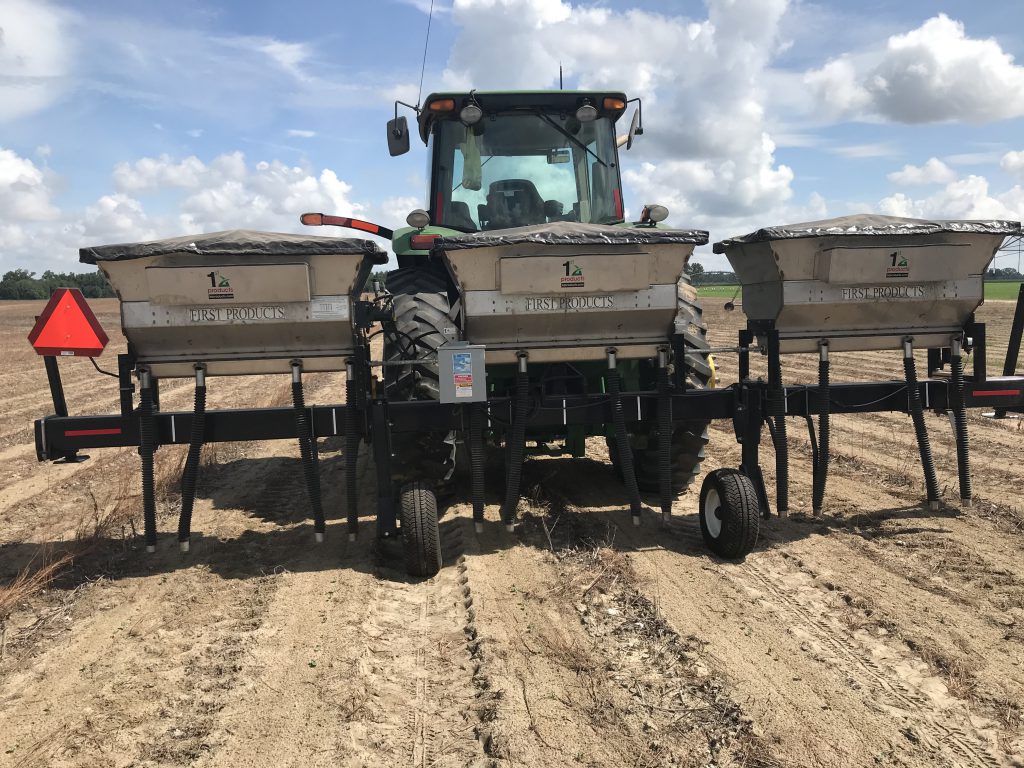
More efficient fertilizer use is good, but more progress could and should be made, especially for environmental repair, Rota said.
“Too little, but not too late,” he said. “The longer we wait, the harder it’s going to be.”
Restoring crops’ ability to obtain nutrients is another important solution, said research ecologist James Elser, director of the Sustainable Phosphorus Alliance at Arizona State University.
“Everyone is chasing increased yield and other sorts of properties that help them improve their bottom line,” he said. “Plant varieties with high yield have been selected for a long time and provided with ample soil nutrients. And so they’ve sort of lost their ability to acquire nutrients very efficiently from the soil profile or different sources of phosphorus that are in soil.
“If we could return those talents to the dominant crop varieties we have, then that would be great,” he said. Soil enzymes, too, comprise an area of research that holds promise for reducing pollution and improving soil quality, said UF soil scientist Dr. Jehangir Bhadha at the Everglades Research & Education Center.
Bhadha and others, like Hartney, Rota and Elser, are convinced there is a future where farmers can earn profits without harming the environment.
“There’s going to be more precise applications of custom fertilizers for specific crops. You’re going to see that kind of trend continue,” Hartney said. “It’s the future.”
The Schirard family feels hopeful, too. They operate a series of canals that drain water from their groves and flow to retention areas to avoid washing excess nutrients into the surrounding environment. They also use micro-jet irrigation, which saves water by applying it directly to the root of the plant.
The loss of their land to citrus greening and other pressures have not deterred the Schirards from continuing to seek innovative ways to be the best possible stewards.
“One thing we are is eternal optimists,” Schirard said.
This story is part of The Price of Plenty, a special project investigating fertilizer from the University of Florida College of Journalism and Communications and the University of Missouri School of Journalism, supported by the Pulitzer Center’s nationwide Connected Coastlines reporting initiative.
Read Next: Saving our soil
 The Price of Plenty
The Price of Plenty